With an 'island' of plastic swirling around the Pacific, the on-again-off-again ban on plastic bags and a tram full of discarded (non-recyclable) coffee cups, the spotlight has recently illuminated our mounting waste problem. While most of us picture soft drink bottles and styrofoam when we think of waste, the building industry is a huge contributor to waste - particularly when a building is being demolished. Should we take this into account when designing and building our houses?
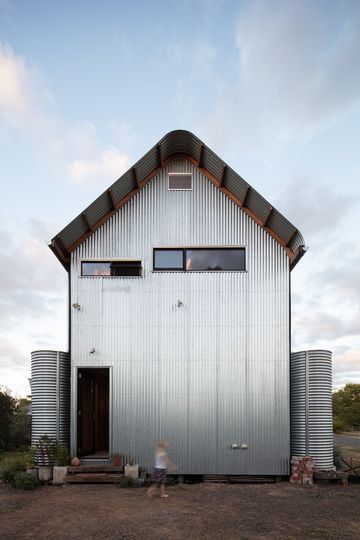
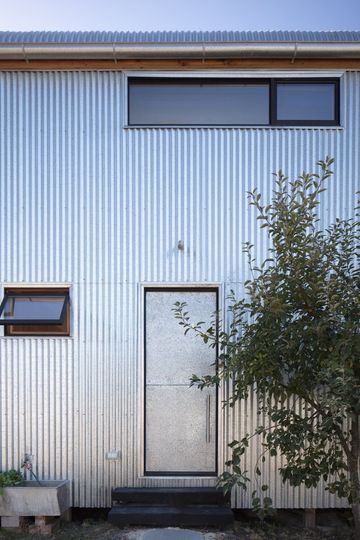
The Recyclable House, as the name suggests, was designed to do just that. Designed and built by Quentin Irvine from Inquire Invent, The Recyclable House uses a closed-loop 'cradle-to-cradle' construction methodology. This means the whole building can be recycled. All building materials are either biologically recyclable (like timber) or technologically recyclable (such as steel). Materials were either screwed or nailed together and glues, paints and sealants used are natural and biodegradable in all but a few cases.

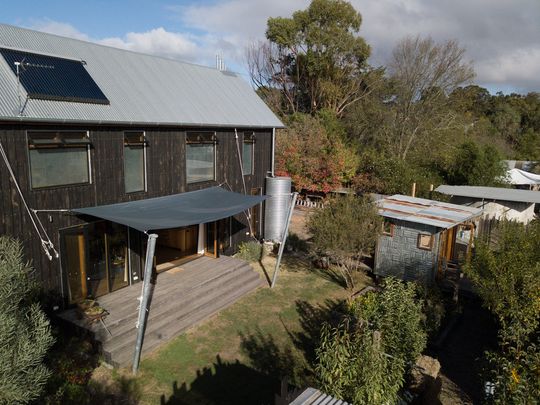
But just because it's recyclable doesn't mean it's not built to last. The home is exceptionally high-quality, low-maintenance and durable. The exterior is clad in a combination of charred timber, using a traditional Japanese technique called Yakisugi, and heritage Z600 corrugated galvanised steel, which gives it a hand-crafted rural woolshed vibe. The corrugated steel is curved around the ridgeline to prevent leaks and protect the building's structure.
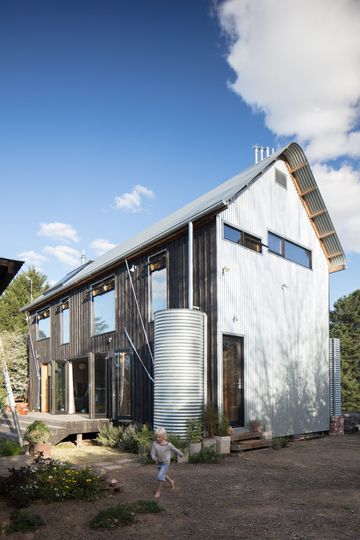
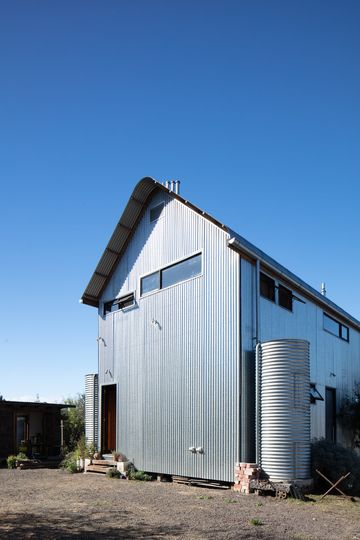
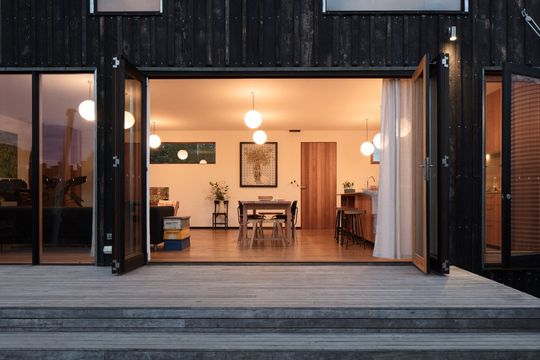
As you would imagine, extensive research was required to ensure the house's recyclability. An important aspect of the design for Quentin was to develop solutions which could be adopted by the building industry to improve the recyclability, thermal efficiency, building longevity and indoor air quality of Australian homes.
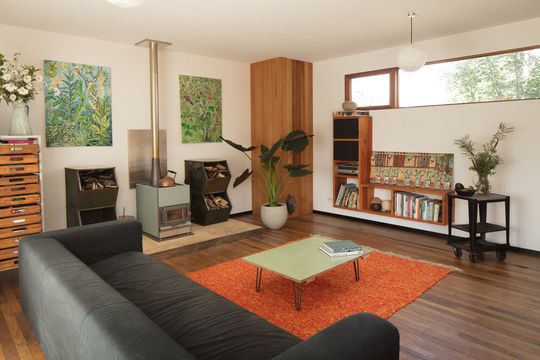

The Recyclable House's environmentally-friendly credentials don't stop there - it's designed for passive solar heating and cooling, too. The home's single room width means it's easy to open the house up to breezes and shade sails help to keep it naturally cooler in summer. The passive design is combined with a super-efficient Pyroclassic wood fire stove with wetback and a solar hot water system to keep the home cosy even in Beaufort's harsh winter.

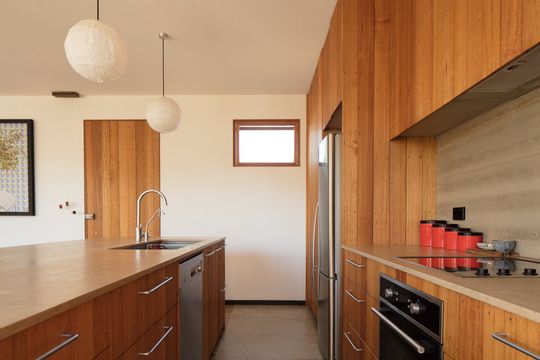
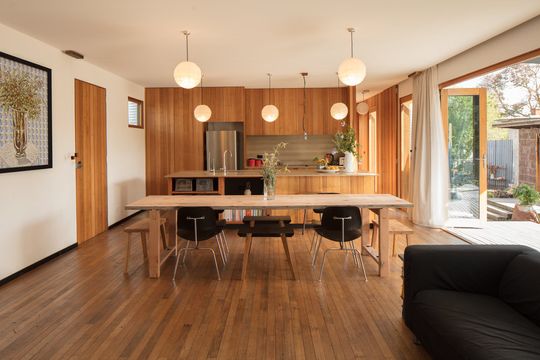

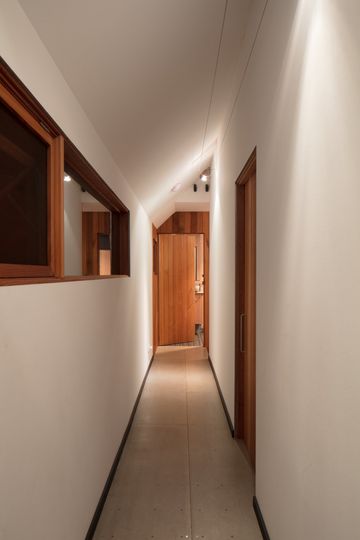
The home is full of natural and non-toxic materials, like walls so natural you could eat them! But before you go munching into the walls, Quentin explains they may not be very tasty, by "they are fully compostable they could ultimately enter the food chain. By using the older style plasterboard that was readily available in 2015, installing it without glue (screws only) and painting it with natural paint, (I mean natural paint, not low VOC acrylic/plastic paint), you have a wall lining which is essentially: paper, gypsum and a few other inert ingredients. Assuming that these materials are not contaminated down the track, you have a wall lining that can be composted and used as a soil improver. You then get to eat the walls when your crop sets!"

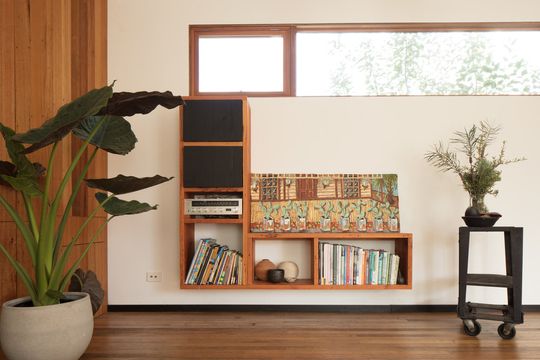
A bonus of using natural materials and finishes is the exceptional indoor air quality. "This design philosophy is also compatible for those afflicted with sick building syndrome (SBS)/multiple chemical sensitivity (MCS)/people who are sensitive to environmental toxins", explains Quentin.

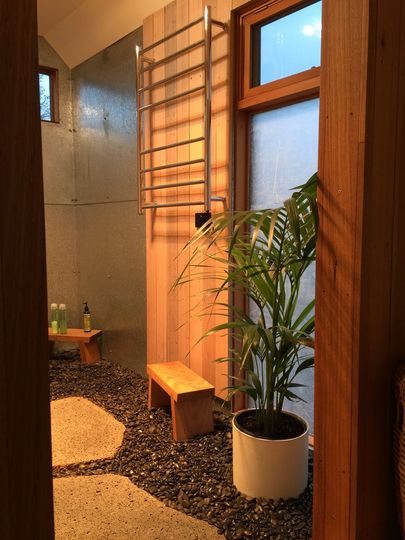

Quentin also takes a logical approach to embodied energy. "I think of embodied energy much like capital in economics", he explains. "For example, using stainless steel for a floor tray in a bathroom, or aluminium as a door stop may be viewed as choices that are very high in embodied energy, but because these elements are used in a reusable way, I don't see them being expended or spent in the building of the house, I see them as being invested. In hundreds of years (hopefully) when the house is deconstructed, these elements will be recycled and can be resold at a handsome price because they will still hold all of their embodied energy, and can be easily recycled into other high-value products."
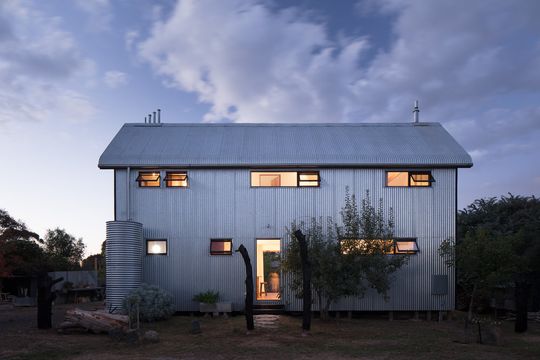
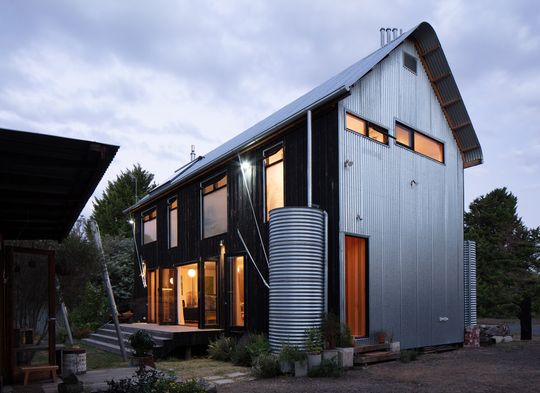
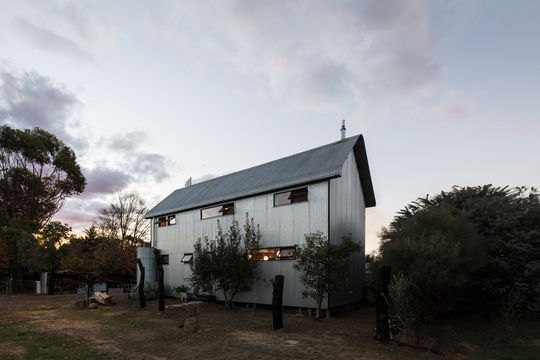
While The Recyclable House is built to outlive all of us, if the time comes to demolish it, its components won't become another pile in an overflowing landfill. Instead, each part can be taken and recycled or composted, leaving no physical trace. If more Australian designers and builders considered a cradle-to-cradle approach to home-building, we'd be well on our way to creating a healthy and sustainable future.